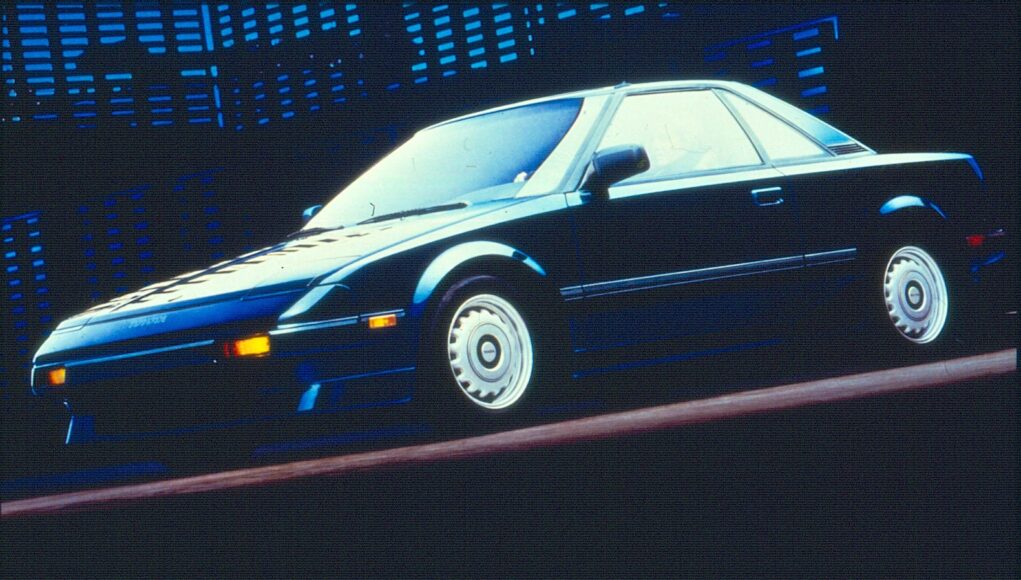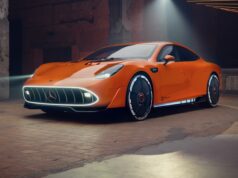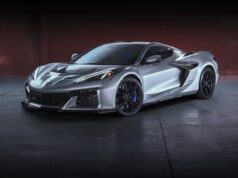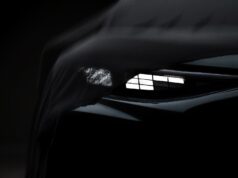For the second time this week comes an unconfirmed Japanese report that Toyota is reviving a long-dead nameplate, in this case, the mid-engine, two-seat Toyota MR2 sports car. It follows a similar report, albeit one seemingly confirmed by Akio Toyoda, that the company is reviving the Toyota Celica sports coupe, a vehicle last produced in 2006.
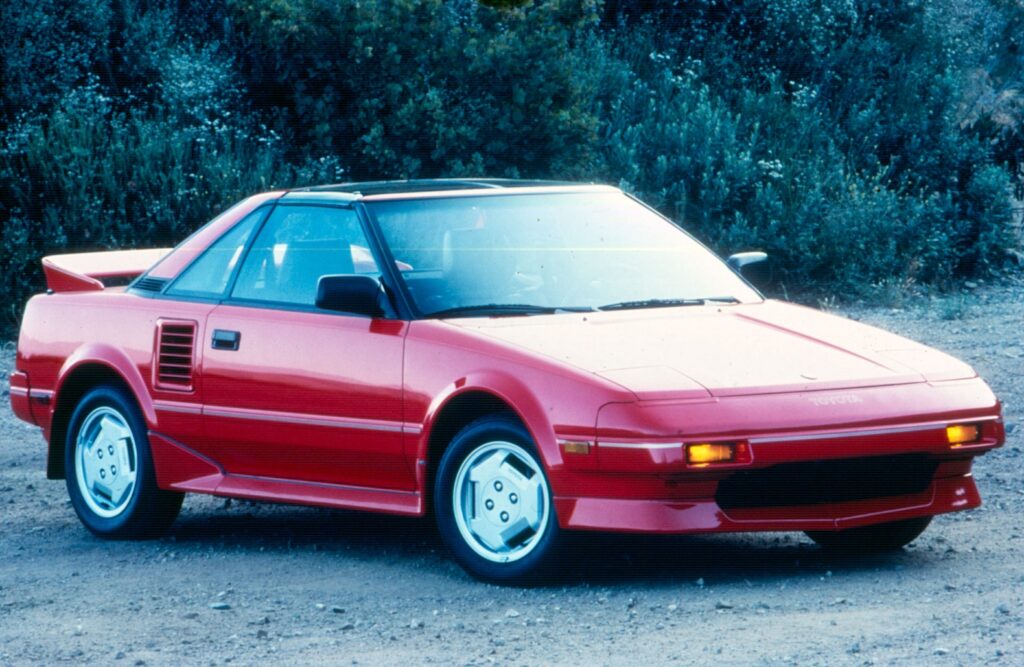
According to an unnamed reliable source quoted in the Japanese magazine Best Car, Toyota plans to revive the MR2 in 2026 as the last sports car the company produces with a gasoline engine before concentrating on electric vehicles. It would be powered by the engine used in the GR Corolla. That would be a 300-horsepower 1.6-liter turbocharged three-cylinder engine mated to a six-speed manual transmission and GR-4 all-wheel drive system with Torsen limited-slip differentials employed front and rear.
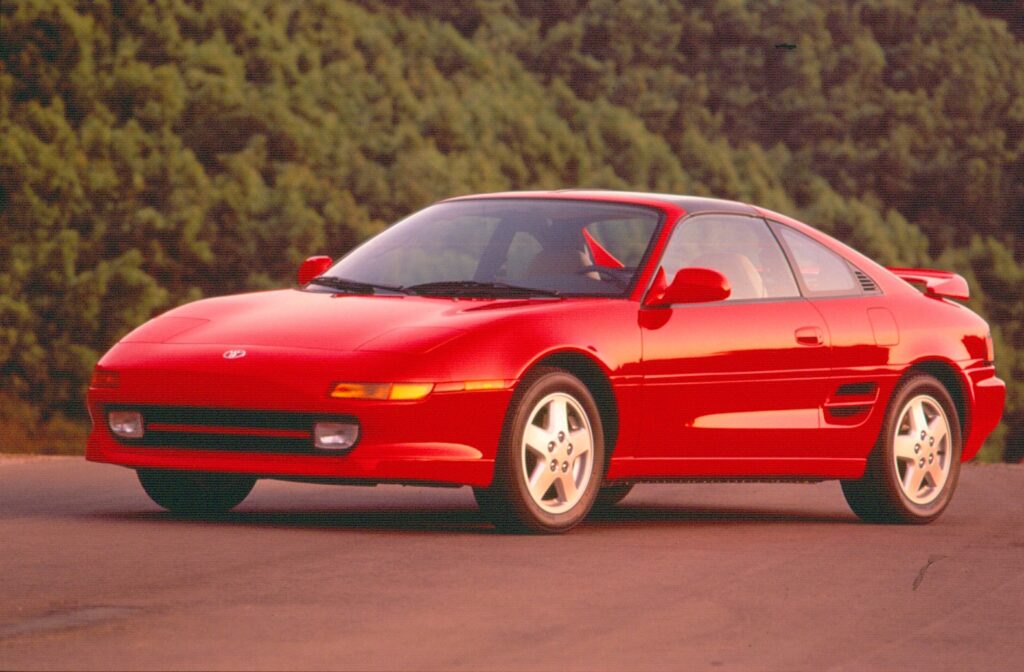
Known internally as the G16E-GTS, the same report also states that the powerplant is slated to appear under the hood of the next GR86 sports coupe.
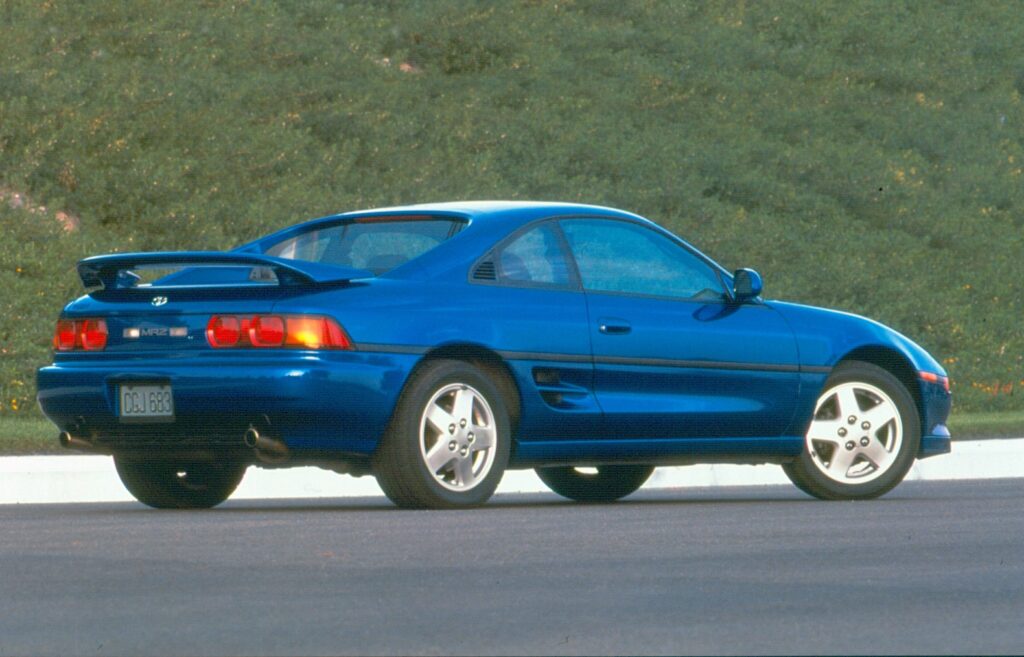
The Toyota MR2’s revival is clearly a decision that comes from the heart. But is it a good business choice? Consider that of the 15.04 million new vehicles sold in the U.S. in 2022, a mere 223,500 were sports cars, according to Statistica. That’s good for 1.5% market share, with annual growth rate projected at 0.5%. Still, that’s small potatoes, with profitability remaining questionable. By comparison, light trucks accounted for 79.2% of all new vehicles sold in the U.S. in 2022, up 1.6% from 2021.
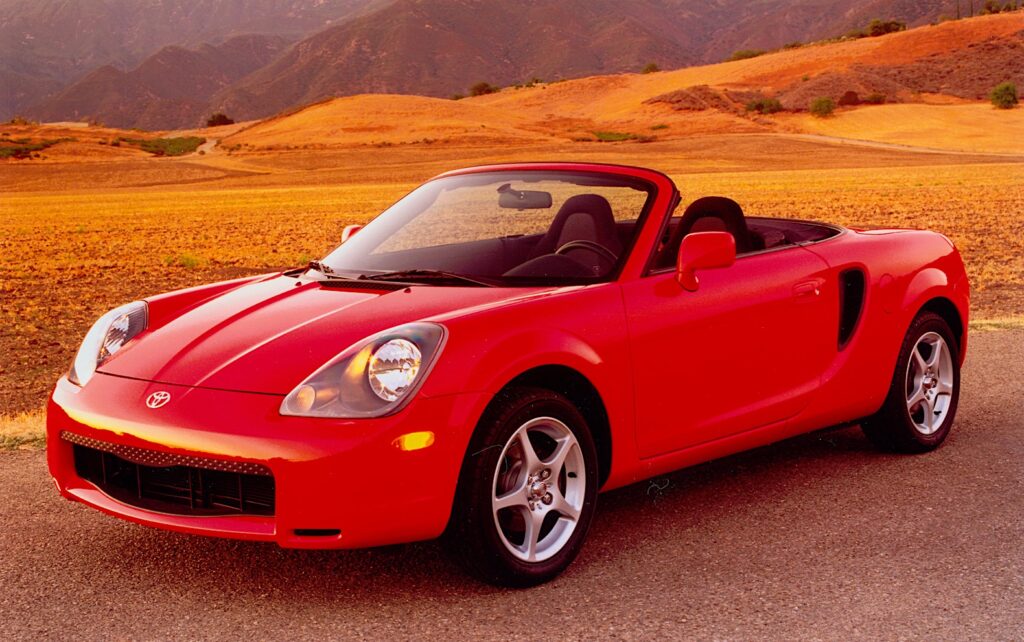
But consider this: Toyota Motor Corp. has $70.4 billion in cash on hand for the quarter ending June 30, 2023. That’s the most of any automaker. To put Toyota’s cash horde in perspective, Wall Street darling Tesla has a mere $23.075 billion. This means Toyota can afford to take a flyer or two on cars that tickle the fancy of enthusiasts, as well as the company’s chief enthusiast, Chairman Akio Toyoda.
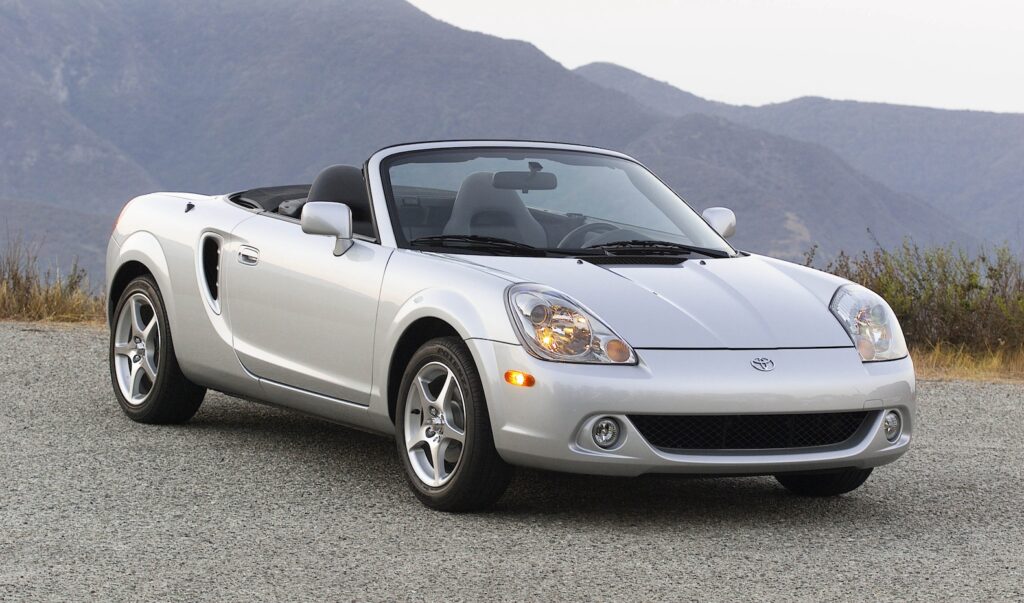
The mid-engine MR2 arrived in 1984 with help from Lotus engineering and former Grand Prix and Indy race car driver Dan Gurney. Its power came from a 128-horsepower 1.6-liter four-cylinder engine and later, a supercharged version that boosted output to 145 horsepower. Redesigned for 1989, it jumped to 200 ponies. But the third generation, arriving for 1999, lost its supercharger, producing 145 horses.
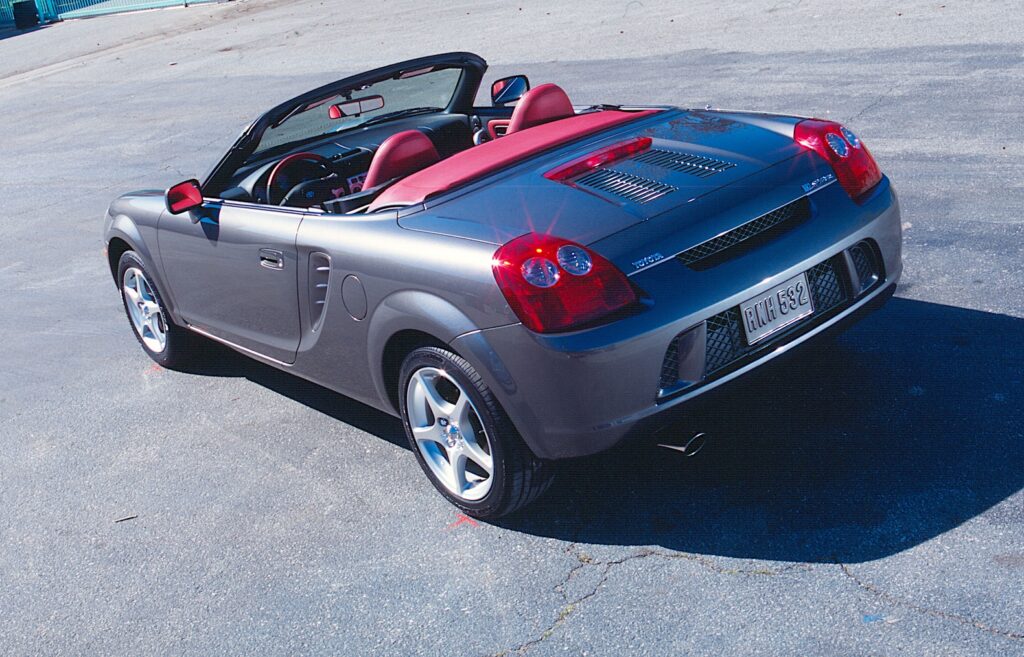
It was built through 2007.
Yet you have to wonder if Toyota is intent on reviving all of their moribund sports cars. If so, count us thrilled.

